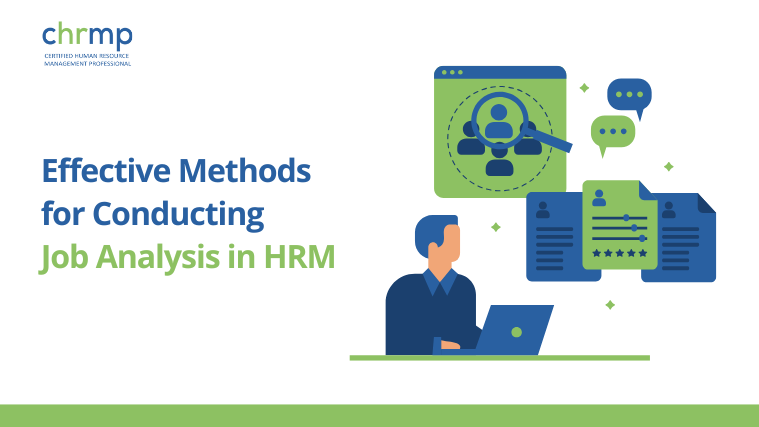

Job analysis is an essential process in human resource management (HRM) that helps in creating a detailed understanding of various job roles within an organization. It’s the bedrock for numerous HR activities, including recruitment, training, and performance management. This blog post delves into the primary methods of job analysis in HRM, offering HR professionals insights into applying these methods effectively at the workplace.
The application of various job analysis methods across different sectors illustrates their versatility and impact on organizational effectiveness. Here’s how some methods are practically applied in real-time industry settings:
Implementing these job analysis methods requires a clear understanding of the organizational goals for the analysis, the selection of the most appropriate method(s), and a structured approach to collecting, analyzing, and applying the data obtained. Regularly updating the job analysis information is crucial as roles evolve with changing organizational needs and external factors.
By leveraging these job analysis methods, HR professionals can ensure they develop a deep and actionable understanding of every role within their organization, driving strategic HR practices that align with broader business objectives.

© 2007-2025 CHRMP| All Rights Reserved | Powered by Ripples Learning & Research Private Limited
